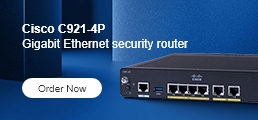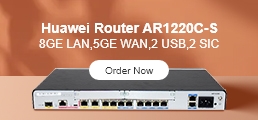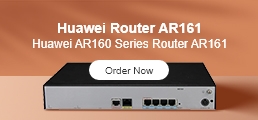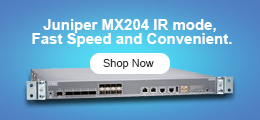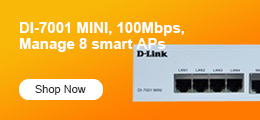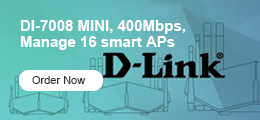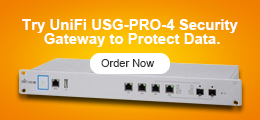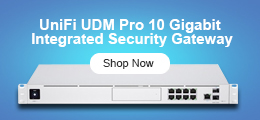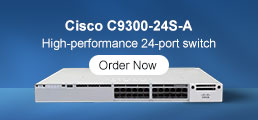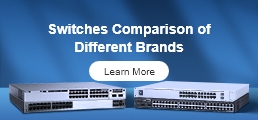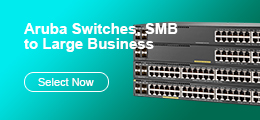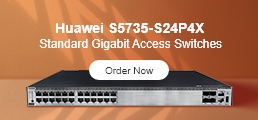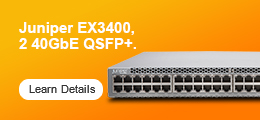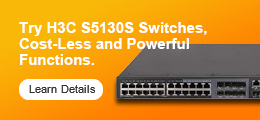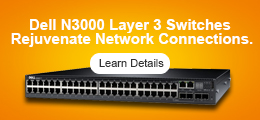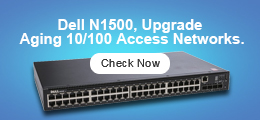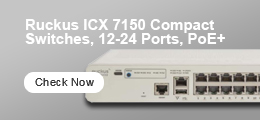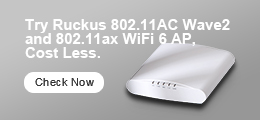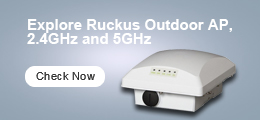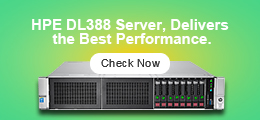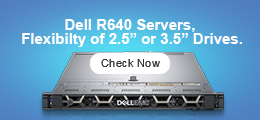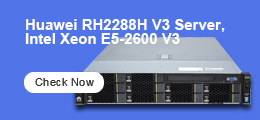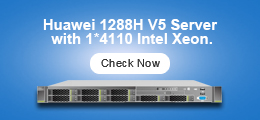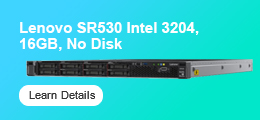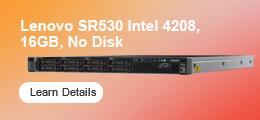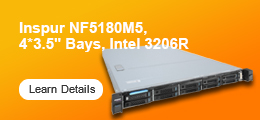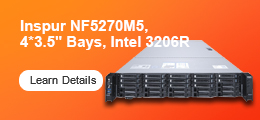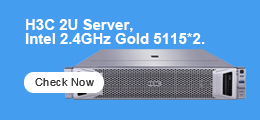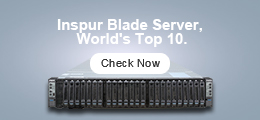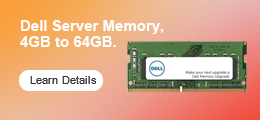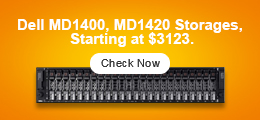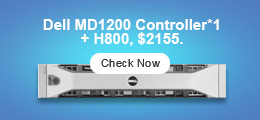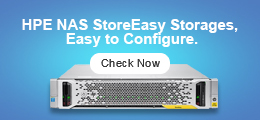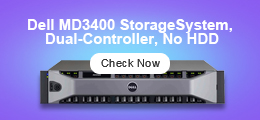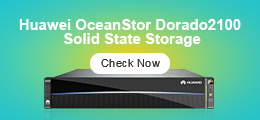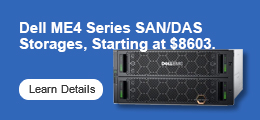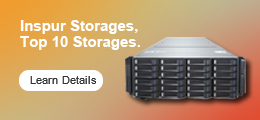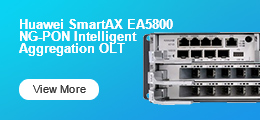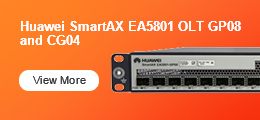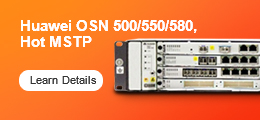Directly Attached Storage (DAS)
In DAS, the storage device is directly attached to the computer. For example, a USB-connected external hard drive. A number of cables can be used to connect DAS units, such as fiber optics, SAS, SATA, and so on. A DAS is designed to be used only by a single computer, unlike NAS and SAN that are designed to be shared resources. The main advantages of DAS is that it is high-performance, simpler to setup and configure, and typically lower-cost when compared to SAN storage. The disadvantage is that it cannot be managed over a network, and may not have the same level of redundancy as a NAS or SAN.
Network Attached Storage (NAS)
It is a special purpose device. It comprises hard disks, as well as management software. NAS is dedicated 100% to serve files over a network. In simple terms, NAS shares storage over a network. Once connected, you will come across special folders named ‘Shares’ that can be accessed over the network. Multiple user logins can also be created to provide various levels of access. NAS is ideal for SMBs because it allows a cost-effective way to gain data access for multiple clients quickly at the file level. SMBs can gain from its performance, and increase their productivity. Few other advantages include easy setup and configuration compared to SAN, maximum storage resources utilization, and the easy-to-provide RAID redundancy to a large number of users. Disadvantages include latency issues due to network issues.
Storage Area Networks (SAN)
A SAN is a high-performance, dedicated storage network. It transfers data between storage devices and servers. It functions separately from LAN. In the SAN infrastructure, fiber channel is used to connect devices such as RAID arrays, DAS or tape libraries to servers. The main advantage of SAN is its ability to transfer large data blocks. This is very useful for bandwidth-intensive applications such as imaging, database (cloud computing, virtual environments), and transaction processing. Also, SAN offers complete reliability and 24/7 availability of data. SAN is limited to the enterprise sector since a huge investment is required for its design, development, and deployment.

DAS, NAS, and SAN all offers huge benefits. Which one is suitable for your company is a decision that you have to take after much consideration.




